by David Clarke | Nov 9, 2012 | All, Insects & Spiders, Italy
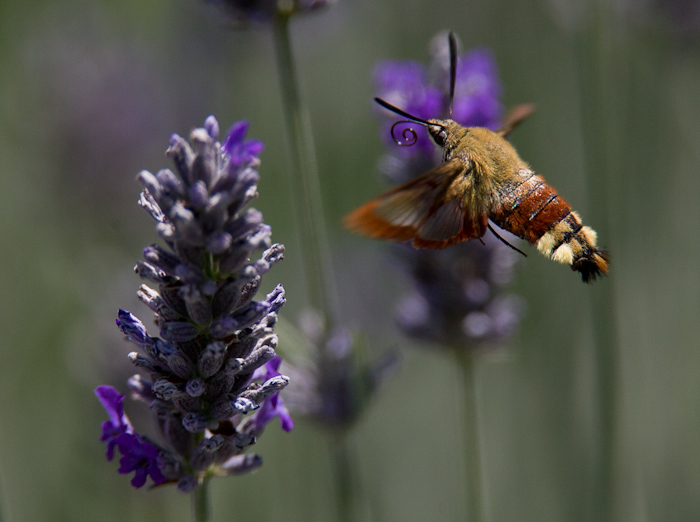
Following on from the post of a couple of days ago, a second shot of one of these busy moths.
During June and July, the lavender bushes in our garden in Tuscany are alive with the buzzing and humming of bees, beetles, butterflies and moths, all delighting in the sweet nectar.
A common visitor is the hummingbird hawk moth, and this one, the Broad-bordered Bee Hawkmoth Heparis fuciformis is also a regular.
These moths are a challenge to photograph since they are constantly on the move, darting from one flower to the next savouring the nectar, spending only a fraction of a second at any one flower.
I caught this one in mid-flight as he approached a flower. His proboscis is coiled but extended a fraction of a second after this shot was taken to collect the nectar from the lavender.
Location: countryside south of Arezzo, Tuscany, Italy.
Canon 1DMkII with a Canon 300mm IS f2.8 lens, a Canon 1.4x extender and Canon 25mm tube.
ISO 250 f4 1/3200 handheld.
by David Clarke | Nov 6, 2012 | All, Insects & Spiders, Italy
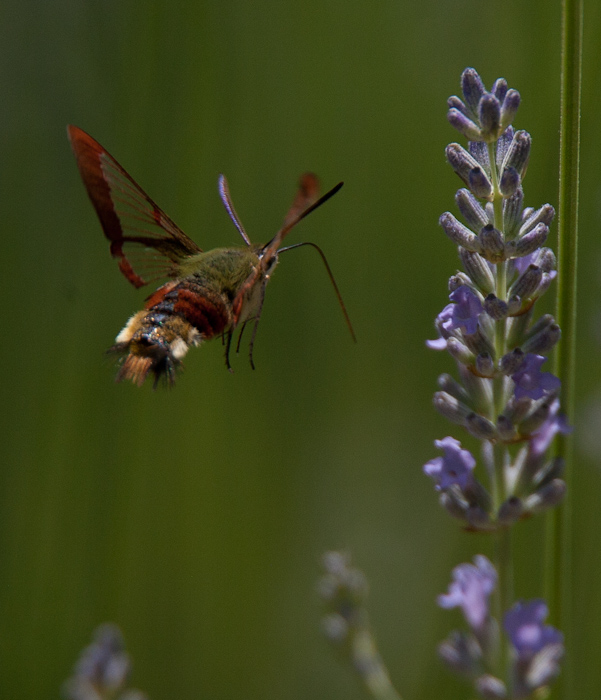
During June and July, the lavender bushes in our garden in Tuscany are alive with the buzzing and humming of bees, beetles, butterflies and moths, all delighting in the sweet nectar.
A common visitor is the hummingbird hawk moth, and this one, the Broad-bordered Bee Hawkmoth Heparis fuciformis is also a regular.
These moths are a challenge to photograph since they are constantly on the move, darting from one flower to the next savouring the nectar, spending only a fraction of a second at any one flower.
I caught this one in mid-flight as he approached a flower. His proboscis is extended and already homing in on the target – it curls up like a spring once the nectar is taken.
Location: countryside south of Arezzo, Tuscany, Italy.
Canon 1DMkII with a Canon 300mm IS f2.8 lens, a Canon 1.4x extender and Canon 25mm tube.
ISO 250 f4 1/3200 handheld.
by David Clarke | Oct 29, 2012 | All, Flowers, Italy
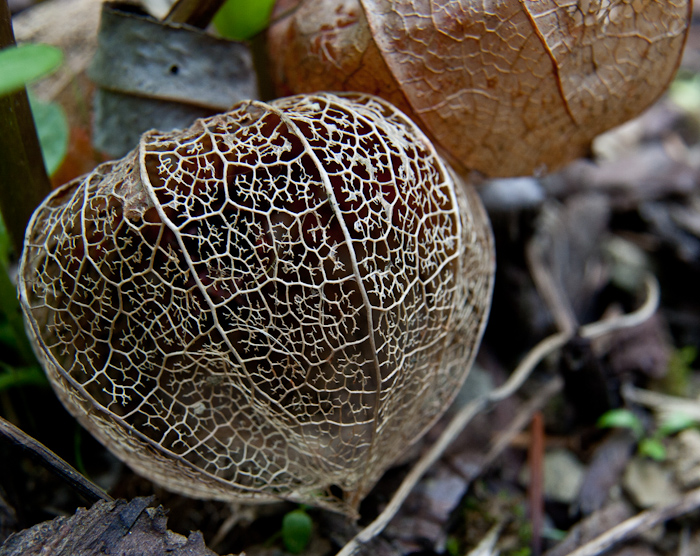
Chinese lanterns, aka Physallis, have beautiful orange cases containing the seed, which in this variety, is like a large bead. However, the beauty is not lost as the colour fades and the intricate structure of the lantern is clearer as it slowly decays.
Canon 1D MkII with Canon 28-70 f2.8L lens at 34mm. ISO 400 1/30 at f9
by David Clarke | Oct 19, 2012 | All, Insects & Spiders, Italy
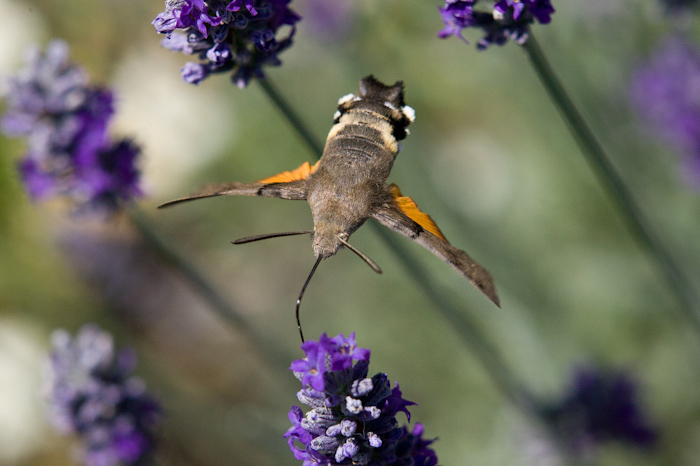
These amazing insects visit the lavender in the garden at our house during the summer months. They spend their time darting from flower to flower at incredible speed. They don’t settle on the flower but grasp it with two legs, their probosces flick out and back in a fraction of a second and then they are off to the next flower. Capturing their images therefore required a bit of patience and experimentation. I used flash for some, extension tubes and various lenses. Some of the shots remind me of old photos of military aircraft refueling in mid-air.
This one and others are also in the Showcase
Canon 1DMkII with Canon 70-200f2.8L lens at140mm and 25 mm tube; ISO400 f5 1/4000
by David Clarke | Oct 6, 2012 | All, Insects & Spiders, Italy

This elegant lady, a female European Mantis (Mantis religiosa), was checking me out with her 10,000 eyes on the terrace of our place in Tuscany a couple of mornings ago while enjoying the October sun.
According to Mr Wikipedia: ‘Originating in southern Europe, the European Mantis was introduced to North America in 1899 on a shipment of nursery plants. Now they are found all over the north-eastern United States and Canada to the Pacific Northwest. The European Mantis is usually 5–7.5 cm (2–3 inches) in length, and has shades of bright green to tan. It can be distinguished easily by a black-ringed spot beneath the fore coxae. It is one of several different insects for which a name used within Europe to refer to only a single insect species (in this case, “praying mantis”) has become adopted throughout the globe to refer to the larger group of insects to which that one species belongs (e.g., compare “hornet” to European hornet, or “wasp” to common wasp).
Despite being an introduced species, it is the official state insect of Connecticut.’
Although not visible in this image, the black-ringed spot was there in this insect, confirming the identification.
Canon 40D with Canon 28-70mm L f2.8L lens at 70mm. ISO200 1/250 at f10
Original RAW image cropped and processed in Lightroom
Image taken 4 October 2012
by David Clarke | Sep 28, 2012 | All, Italy, Places
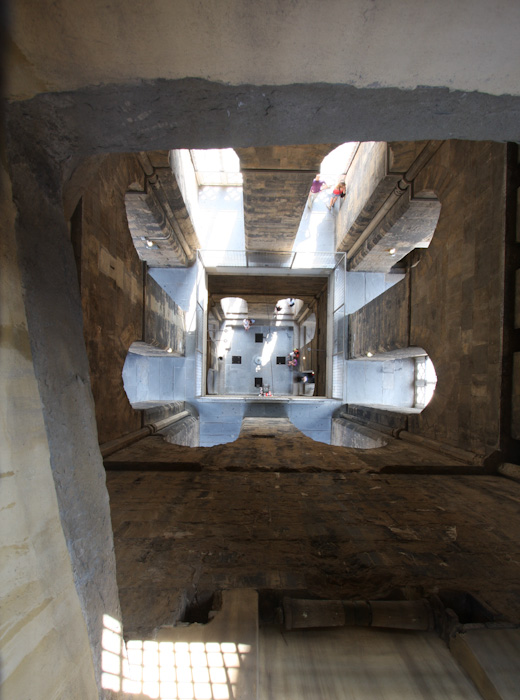
If you are ever in Florence, you have to visit Giotto’s Campanile, the bell tower that stands next to the Duomo, and climb to the top. Go early and beat the crowds – the narrow staircase is a two-way street and it gets busy.
This shot is taken from one level below the top, the highest level from which you can look down the inside of the building. The tower itself is stunning. It stands 84.7 metres high (277.9 feet), although after you’ve staggered up the 414 steps that take you all the way to the top, it seems higher. Every step is worth it – the view over the city from the top is fabulous. And it’s been standing there in all it’s magnificence since 1359, the year it was completed. Check it out on Wikipedia for more stats and information.
Canon 40D with Canon EFS 10-22mm lens at 10mm. ISO200 1/8 at f10









